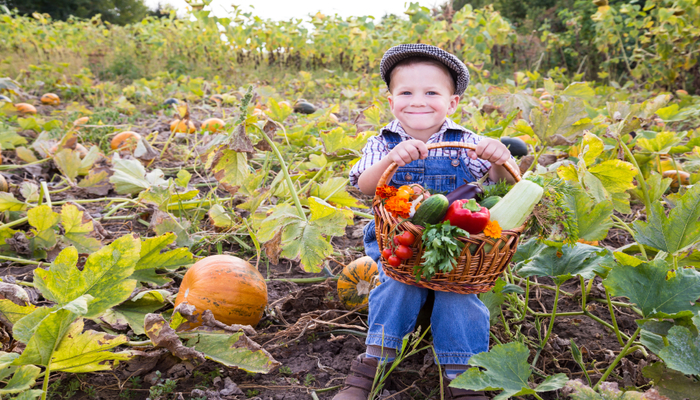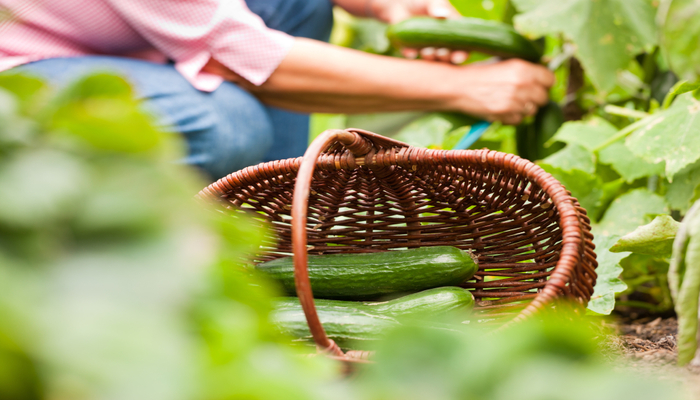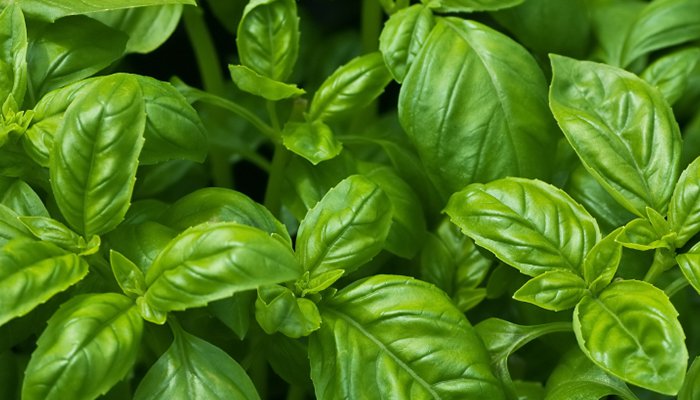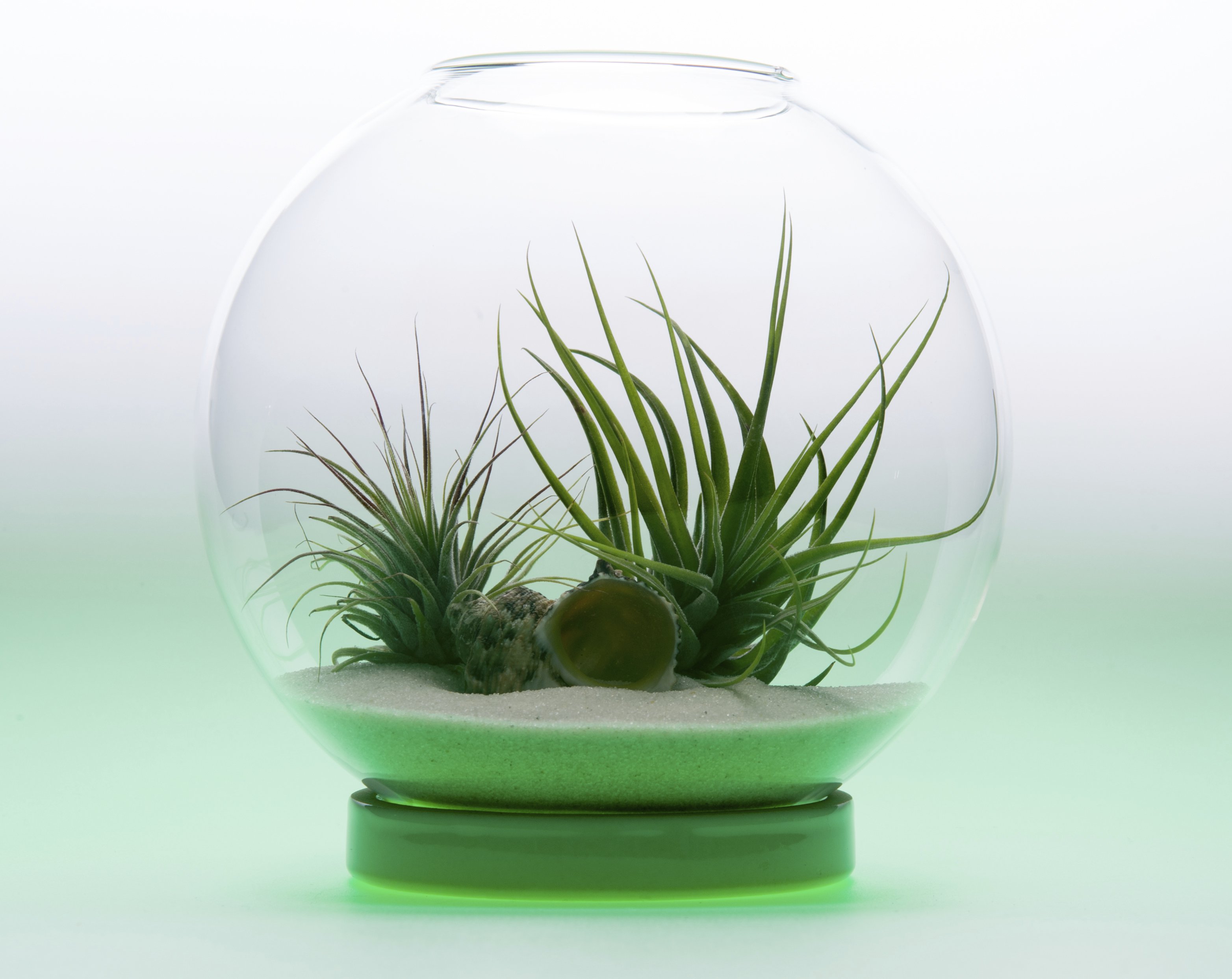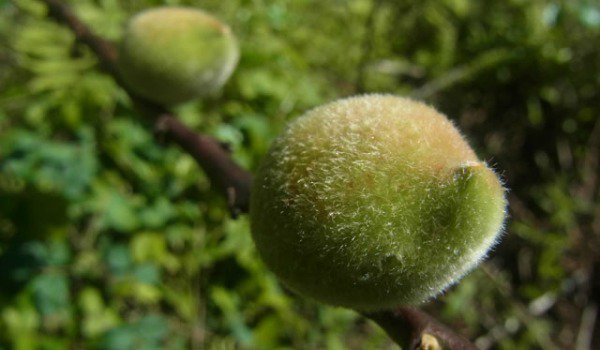
We’ve been looking at how our fruit-bearing plants fare at the end of summer. We shouldn’t, however, neglect all the necessary care for our fruit trees. They really do require as much maintenance as our more fragile plantings. Especially as summer turns to fall. That’s when you really need to protect your trees against disease and pests. And, as usual, it starts with a thorough inspection. [photo via wikimedia]
If you’re as paranoid as we are, then you’ve already been checking your fruit trees all through the summer. Autumn is when we check to see which branches need pruning, and apply plenty of organic pest control. That includes the life-affirming fungus of Promot Plus, which feeds on common rot. We get a head start in battling fire blight by applying Agimycin on our apple trees. Then we add a liberal measure of dormant oils before the leafs really start falling. Those can wash away aphids and offer pest control against scale bugs–and we have some copper mixes that also battle fungus. Galltrol-A is our preferred brand of the microbe Agrobacterium radiobacter, which repels crown gall disease.
Pruning in late summer exposes the tree to some disease and pests, so that’s why we’re really into our organic pest control. We’re making a judgment call, because the trees are also exposed to hazard if you have broken limbs hanging from them. We kind of like the following as general rules for pruning: You get the thin small pit fruits about 2 to 4 inches apart, while bigger pit fruits should be about 3 to 5 inches apart. Get your groups of 2 to 3 hard fruits–apples, pears, etc.–about 6 to 8 inches apart.
We use pinestraw as a nice mulch for the base of our trees. It hampers weed growth and allows our trees to maintain more moisture near their roots. (Citrus trees do well with light bark dust.) We also clear out the fruit and take it to public parks to feed to critters who need to fatten up for the winter. It helps the trees, too. The thinning keeps branches from snapping over excessive weight.
You’re also sparing yourself the hassle of fruits becoming infected or diseased. The animals get the smallest fruits. Leave the bigger ones growing at the outside. Those can still get some sun–and we really hate to say goodbye to the last harvest from our fruit trees.



